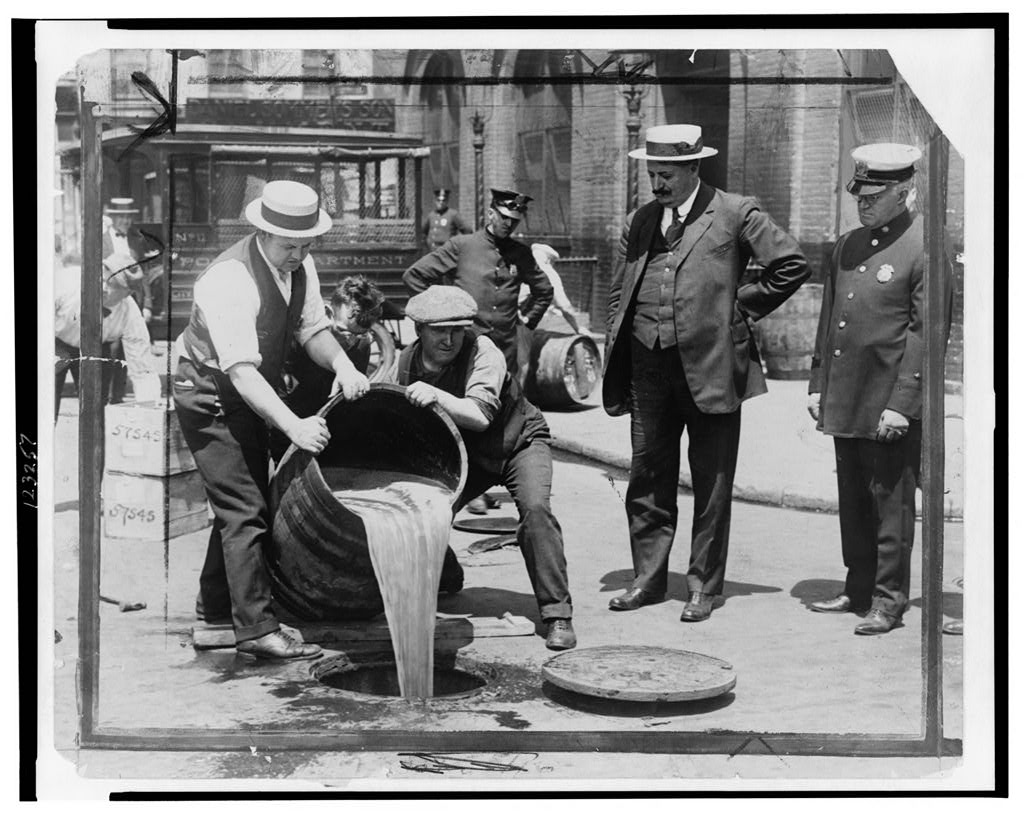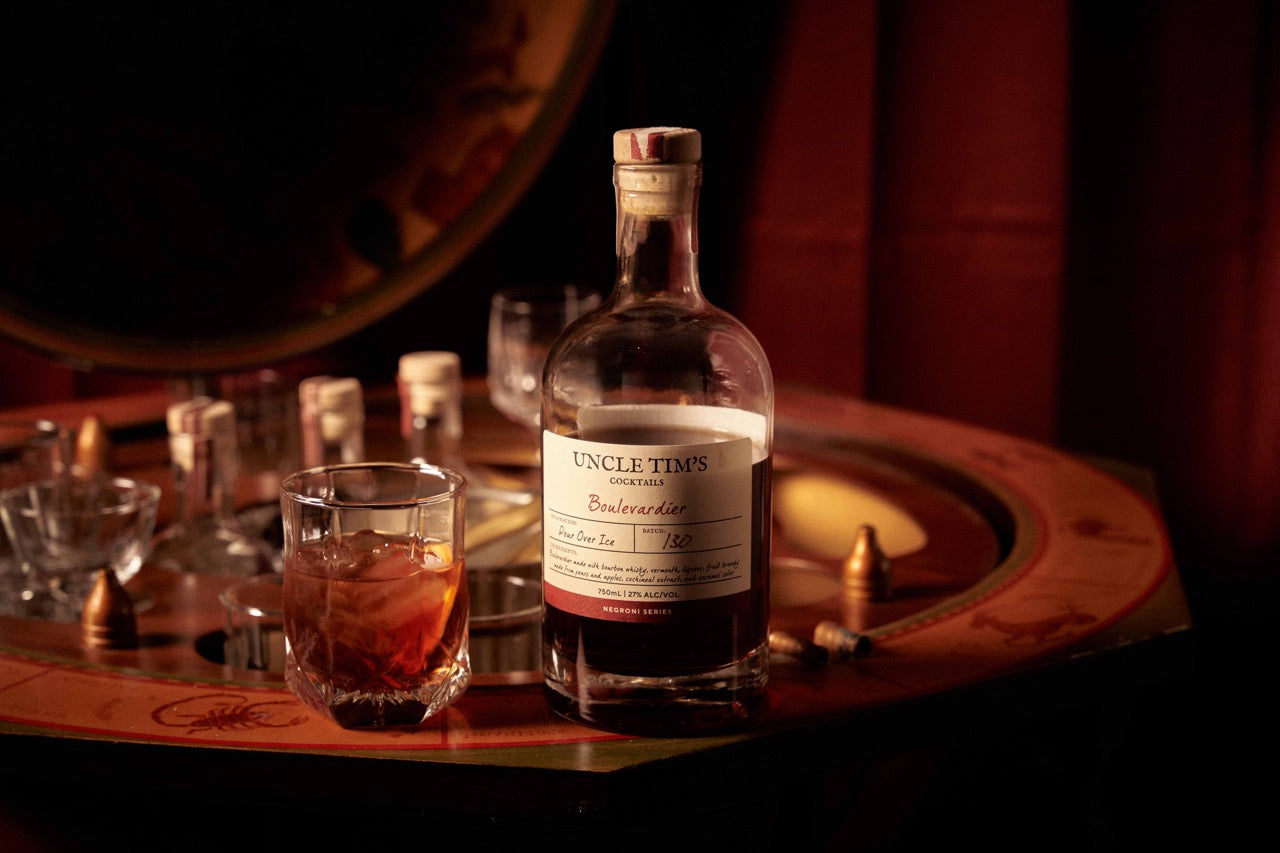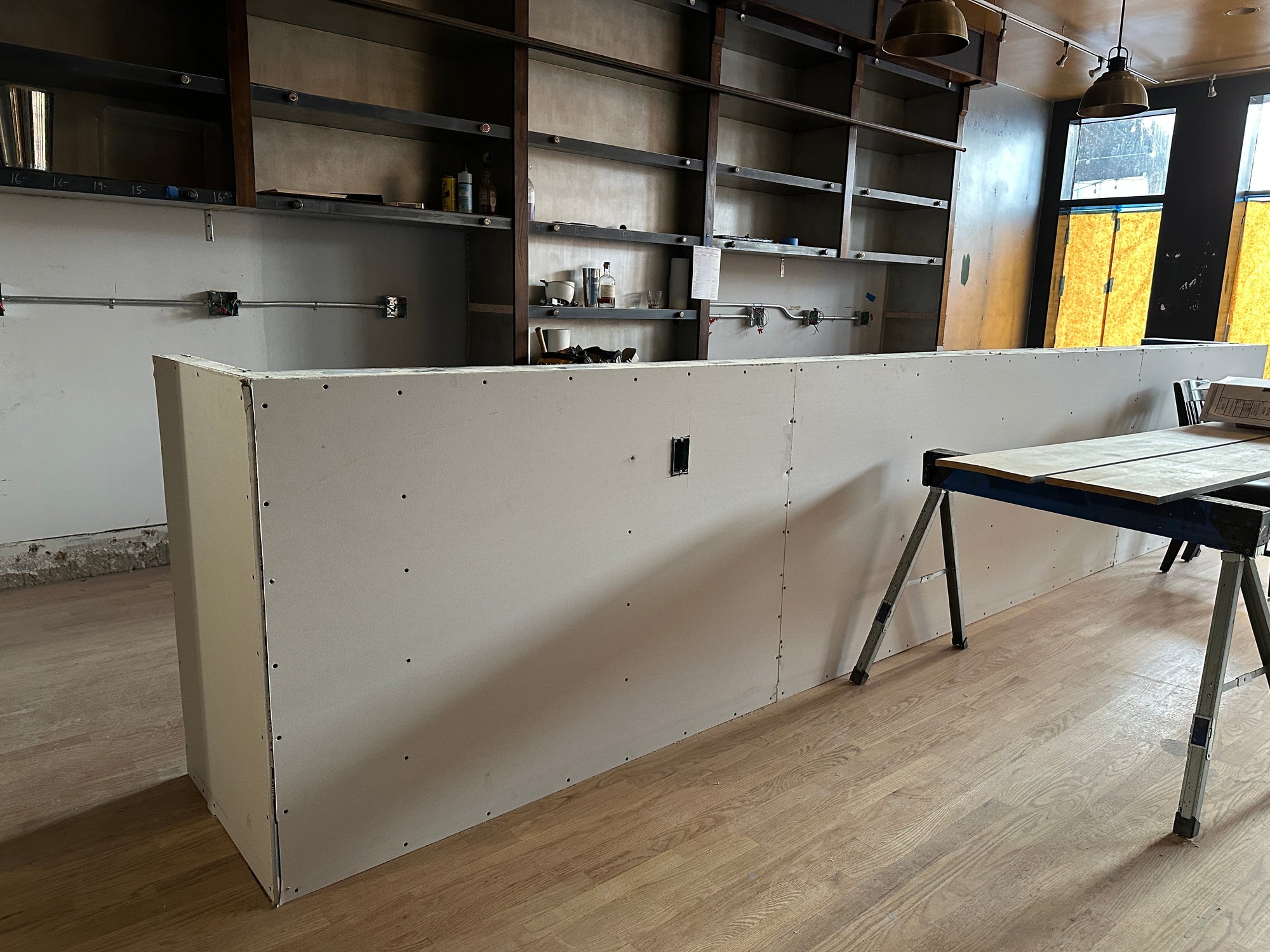
For those who might be unfamiliar with Uncle Tim’s legacy, the generational love for cocktails might be a surprise. Back during the Prohibition era of the early 20th century, Tim’s great grandfather served his fellow countrymen as a rum runner. This high stakes profession was only the beginning of a century-long tradition coming to life: providing cocktails to good company.
Ever wonder what life was like during the roaring twenties? Check out the blog below for a look into the life of a rumrunner during Prohibition.
How Rumrunners Began their Craft
Within weeks of Prohibition taking effect on January 17, 1920, American partygoers were back to their old ways. We’ve all heard of speakeasies, or hidden bars, in historic houses but there’s one significant part of prohibition partying that many have forgotten: Smuggling.
Also known as rum running or bootlegging, the smuggling of quality liquors from Europe, Canada and the Caribbean was the lifeblood for many a speakeasy. Some of America’s most prolific cocktail crusaders are well known today, like Al Capone, yet rarely connected to the underground events of the roaring twenties.
What is Rum Running?
Rum running was the practice of discreetly shipping liquor via boat from foreign countries during the Prohibition era. What was known as the “golden years” of Prohibition before the Bureau of Prohibition was founded were a rumrunner’s prime. Shipments for these illicit imports were done covertly using boxes with false bottoms which hid liquor bottles. These boxes were anchored just off-shore, awaiting to be transported by contact boats that would discreetly exchange the alcohol for bundles of cash.These high speed boats would carry cases into the city to be loaded onto trucks and transported across the country.
Outside of the Eastern coast, Detroit’s Purple Gang transported hijacked liquor from Canada and the infamous Roy Olmstead shipped Canadian whiskey to Seattle under the guise of gas tanks. In addition to being toted in tanks, smugglers also created fake floorboards using felt padding and even pumped whiskey into their tires!
The Consequences of a Runner’s Life
The first few years of Prohibition were like a candy store to the rum runners and bootleggers traversing American terrain. With a little bit of effort and some hide and seek tactics, the business of smuggling libations across the country was a very lucrative one. In fact, at one point in time Roy Olmstead was making $200,000 a month before getting caught. With a profession that provides this much capital, it’s no surprise that so many folks flocked at the opportunity. Rum running wasn’t always smooth sailing, however.
For many rum runners, the Coast Guard was the enemy. For instance, William “Bill” McCoy of the East Coast was spotted by the Coast Guard during one of his runs. After instructing his crew to sail away to avoid being caught, McCoy’s ship was struck by a six-pound cannon. In the midst of Prohibition, McCoy pleaded guilty to the smuggling of illegal alcohol and was sentenced to nine months in jail. Additionally, the aforementioned Roy Olmstead spent a total of four years in prison for bootlegging, while Al Capone spent 11 years for tax evasion.
Was it All Worth it?
The bootleggers and rum runners were the great rebels of their time. It’s hard to imagine that their resistance to prohibition standards had no impact on the cessation of the era. It’s our opinion that without that resistance, we might’ve been trapped in Prohibition for a lot longer than the decade or so that it lasted. Could you imagine living through Prohibition today?



